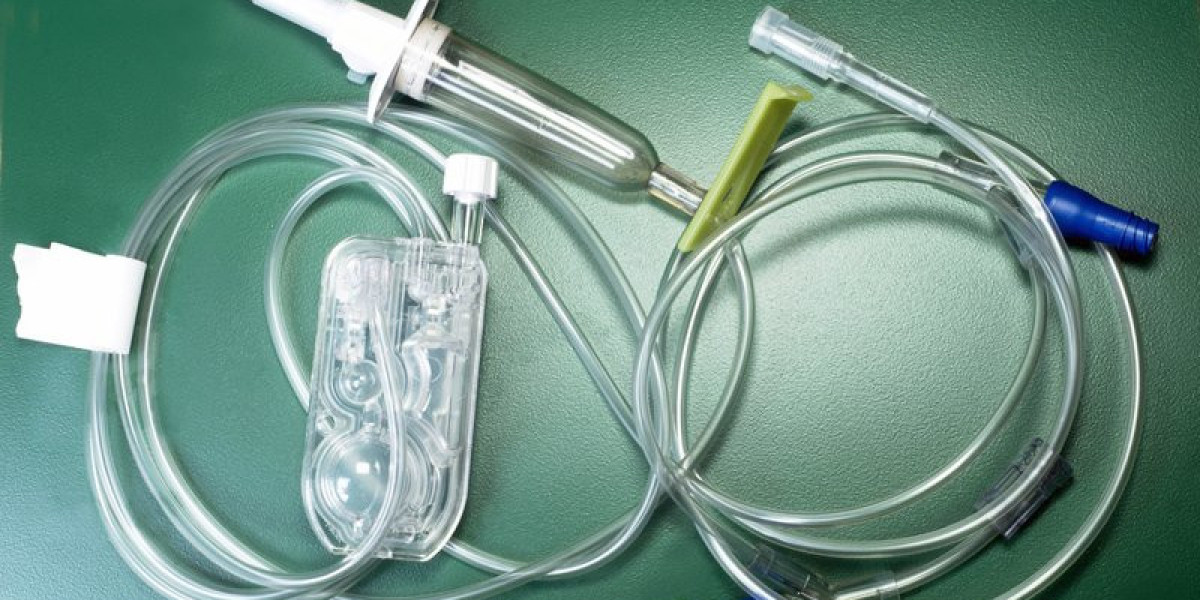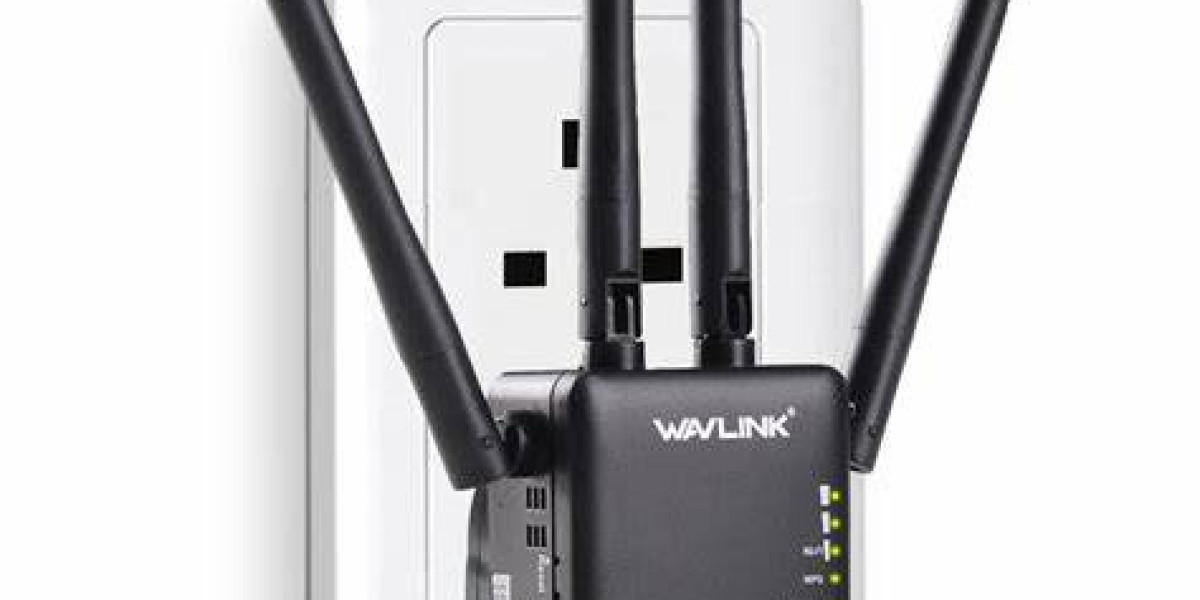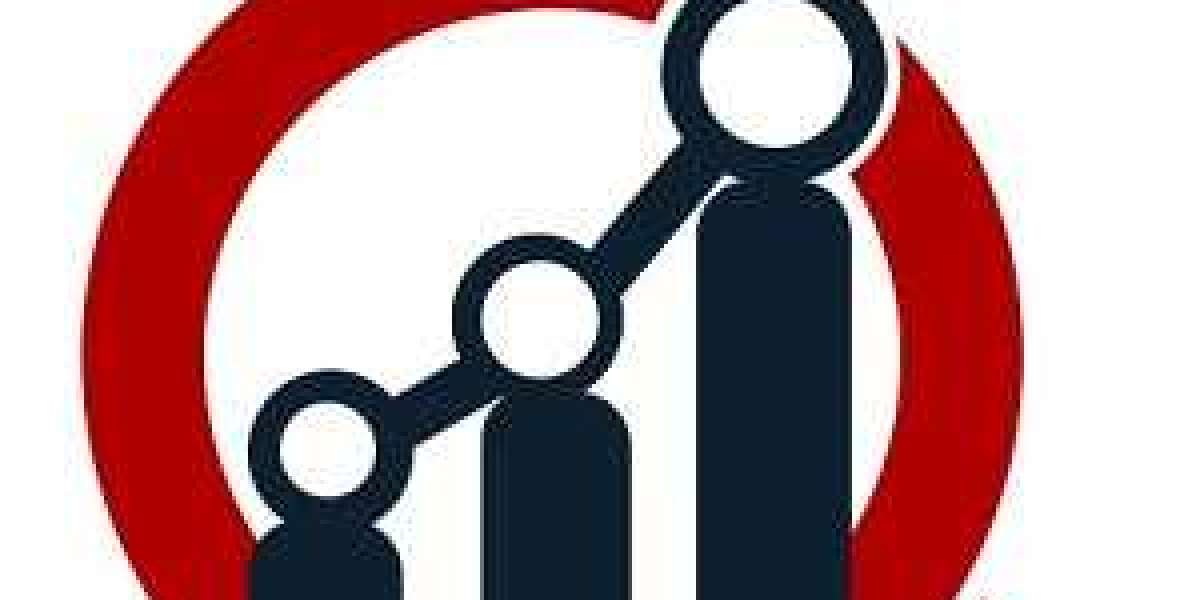Understanding Remote Patient MonitoringRemote patient monitoring involves the use of connected devices and telecommunication technologies to collect and transmit patient data to healthcare providers. This data includes vital signs, medication adherence, glucose levels, and other relevant health metrics. The information is then analyzed, allowing healthcare professionals to proactively monitor patients' health status and intervene promptly if necessary. RPM is especially valuable for patients with chronic conditions, elderly individuals, and those in remote or underserved areas.
Benefits of Remote Patient Monitoring
Improved Patient Outcomes: RPM enables continuous monitoring and early detection of changes in patients' health conditions, allowing for timely interventions and preventing complications. This proactive approach leads to better disease management and improved patient outcomes.Enhanced Access to Care: Patients can receive high-quality care without the need for frequent in-person visits. RPM eliminates geographical barriers and provides access to healthcare services, especially for those in rural or remote areas.Patient Empowerment: By actively involving patients in their own care, RPM empowers them to take control of their health. Patients can better understand their conditions, track progress, and make informed decisions with the guidance of healthcare professionals.Cost Savings: RPM has the potential to reduce healthcare costs by minimizing hospital readmissions, preventing emergency department visits, and optimizing resource utilization. Additionally, remote monitoring reduces travel expenses for patients, especially for those residing in distant locations.
Integration of Technology in Remote Patient Monitoring
Wearable Devices: Smartwatches, fitness trackers, and other wearable devices equipped with sensors can collect data such as heart rate, activity levels, and sleep patterns. This real-time information provides valuable insights into patients' overall health and well-being.Home Monitoring Devices: Specialized devices, such as blood pressure monitors, glucometers, and pulse oximeters, enable patients to monitor their vital signs at home. The data is automatically transmitted to healthcare providers for analysis and remote patient monitoring.Mobile Applications: Mobile apps offer a user-friendly interface for patients to input their health information, track symptoms, and communicate with their healthcare team. These apps can also provide educational resources and reminders for medication adherence.Telemedicine Platforms: Integrated video conferencing and secure messaging systems allow patients to connect with healthcare professionals for virtual consultations, follow-ups, and discussions regarding their health concerns. This enables personalized care delivery and timely interventions.
Conclusion
Remote patient monitoring has transformed healthcare delivery, providing a convenient and effective means of monitoring patients' health remotely. With the integration of technology, healthcare providers can ensure timely interventions, improve patient outcomes, and enhance access to care. As RPM continues to evolve, it has the potential to revolutionize healthcare and empower patients to actively participate in their own well-being.








